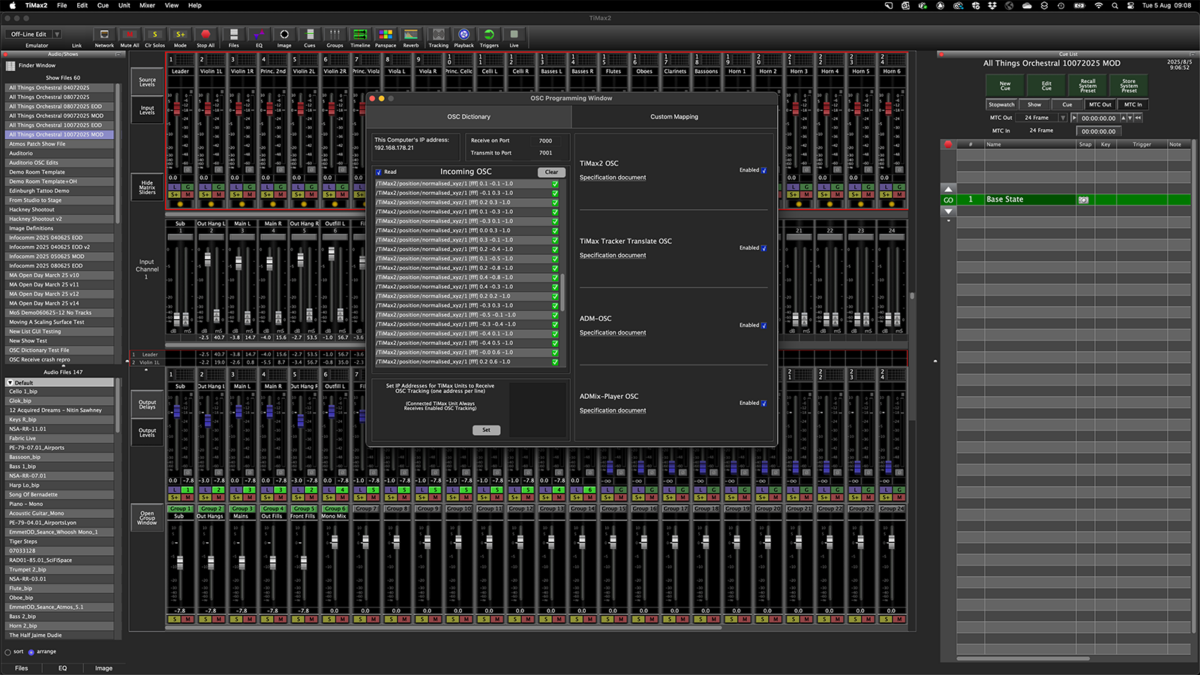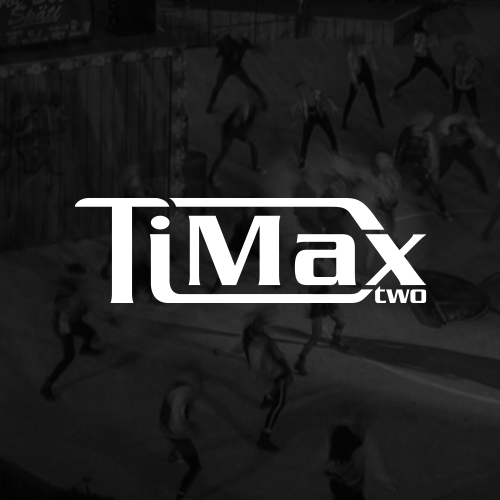UK – TiMax x Sonosphere has announced that its flagship studio at London’s Tileyard has been commissioned by Dolby engineer Richard Addis and is now officially listed on the Dolby Atmos Professional global directory. The room represents a paradigm shift in immersive audio production, becoming the second Martin Audio FlexPoint-based Dolby Atmos studio in the world, and the first in Europe.
Unlike traditional Dolby Atmos studios that rely on conventional studio monitors, the TiMax x Sonosphere facility breaks new ground by utilising world-class Martin Audio FlexPoint PA loudspeakers in a 9.1.6 configuration. This approach bridges the longstanding divide between studio production and live event deployment, enabling creators to work in an environment that accurately represents how their content will sound in real-world immersive spaces.
“The decision to use professional PA speakers rather than traditional monitors is fundamental to our vision,” explains Phil Wright, Sound Designer, Mix Engineer and Technical Director at Sonosphere. “We’re not just creating content for playback in other studios; we’re producing work that needs to scale from intimate listening rooms to major live venues. This room allows us to hear exactly what audiences will experience and make creative decisions accordingly.”
At the heart of the studio’s unique capability is its ability to play Audio Definition Model (ADM) files, the standard format for Dolby Atmos content, and leverage TiMax’s third party OSC integration to seamlessly upscale them for deployment through large-scale live sound systems. This ‘studio to stadium’ workflow represents a world-first capability in the UK market, and potentially globally.
THIS ISN’T JUST ANOTHER STUDIO, IT’S A RESOURCE FOR THE ENTIRE INDUSTRY.
“The Sonosphere vision has always been to take ‘small to big’, and to create a workflow where content produced in the studio can be directly scaled for arenas, festivals, and immersive installations without compromise,” says Duncan Bell, Commercial Director at Sonosphere. “As only the second Martin Audio-based Atmos studio in the world, we can now deliver and scale Atmos content produced in our studio to the myriad spaces our projects and clients demand. This isn’t just about mixing in Atmos, it’s about creating content that comes alive in any environment.”
The state-of-the-art facility comprises far more than a Dolby Atmos mixing room. At full capacity, it offers a 26.4.6 TiMax mixing environment featuring TiMax SoundHub 2 and its powerful spatial audio and show control capabilities. The TiMax Tracker D4 system, with eight sensors, provides real-time object tracking and automation, while TiMax panLab offers intuitive spatial control for rapid creative workflows.
The studio’s equipment roster showcases the best of Focusrite Group’s sister brands, with amplification delivered via Linea Research 88C06 amplifiers loaded with FlexPoint presets, ensuring optimal performance and reliability.
The use of TiMax as the spatial audio processor underpins the collaboration’s commitment to flexibility and creative control. Unlike other spatial processors, TiMax SoundHub 2 excels in its ability to handle complex object-based audio, integrate show control, and most critically, provide a bridge between studio creation and live deployment. Its track record in theatre, music venues, and installation work worldwide makes it uniquely qualified to deliver on the ‘small to big’ promise.
The partnership between TiMax and Sonosphere brings together complementary expertise. TiMax provides decades of experience in spatial audio processing, show control, and tracking technology, while Sonosphere contributes specialist knowledge in immersive content creation for music, broadcast, and live events.
“Together, the two companies provide a flexible, multi-purpose immersive audio London hub to demonstrate, educate, promote and deliver immersive audio systems, workflow and content,” explains Bell. “This isn’t just another studio, it’s a resource for the entire industry. We’re hosting workshops, demonstrations, panel discussions, and training sessions to share what we’ve learned and push the boundaries of what’s possible in spatial audio.”
The studio offers accredited training programmes, demonstration opportunities, and a space for networking, hospitality, and showcases. It’s designed to be a thriving hub where the immersive audio community can connect, collaborate, and innovate.
The room was specified and implemented by Sonosphere’s Phil Wright in strict accordance with Dolby DARDT guidelines. With calibration by Dolby engineer Richard Addis complete, the facility meets the exacting standards required for professional Dolby Atmos production, ensuring that mixes created in the space will translate accurately wherever they’re delivered.
Photos by Steven Woodburn.





















